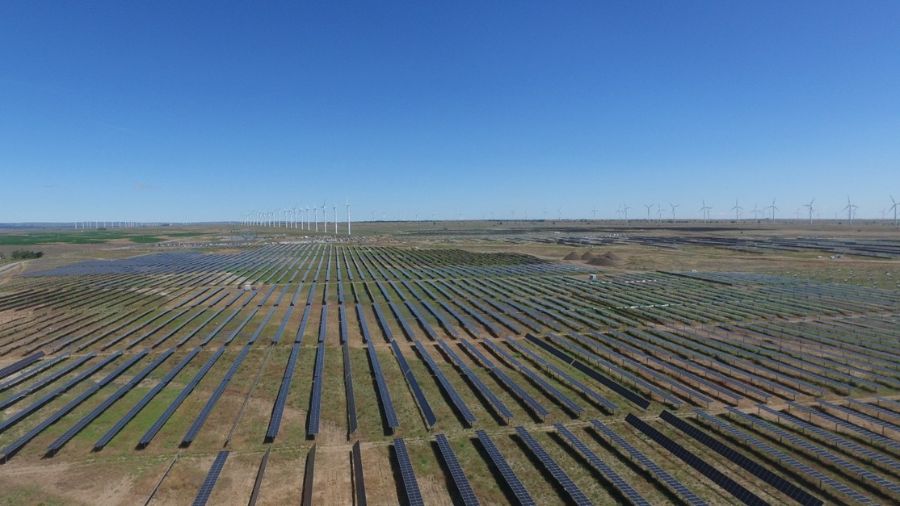Out of site: A flaw in anti-safe injection arguments
May 19, 2017, 5:35 AM

(City of Seattle)
(City of Seattle)
Critics of safe injection sites in King County may not be entirely accurate with their claims.
RELATED: Insights into Insite, Vancouver’s safe injection facility
The current plan is to put one facility in Seattle, and another in greater King County and base them off of Vancouver B.C.’s Insite program. Insite is the only safe injection program in North America.
Bothell City Councilmember Joshua Freed went on Seattle’s Morning News to argue that despite Insite operating since 2003, recent overdose fatalities in British Columbia have dramatically risen. He said that there were 190 deaths in British Columbia from illicit drug use over the years since the safe injection facility opened — until recently.
“In 2016, there were 931 (deaths), that’s a 450 percent increase,” Freed said as he argued against Insite and safe injection sites. “Clearly, the Canadian model is not working.”
But Freed is leaving something out. Perhaps a basic geography lesson is in order.
British Columbia is a province in Canada. That’s like a state in America. It’s 364,764 square miles and has an estimated population of more than 4.7 million people. Vancouver, on the other hand, is a city. It is British Columbia’s largest city and among its most densely populated areas, but only has a population of about 631,486 people. Insite serves one corner of Vancouver.
So citing statistics for an entire province with millions of people to argue against one safe injection site, in one corner of a city, is quite illogical and misleading. It’s like saying that all needle exchanges don’t work based off the results in the U-District. Well, the heroin crisis rages in all of Washington state.
Safe injection numbers
There is another significant point Freed’s argument is missing – about fatal overdoses increasing despite Insite being available. What’s left out is that officials have dealt with a fentanyl crisis over the past year. Fentanyl is a synthetic opiate that is being mixed with drugs like heroin and meth, even cocaine. It’s much more potent than heroin and is blamed for the recent increase in deaths. One of the reasons we know this is because Insite has provided testing and statistics on the issue.
Seattle and Washington — which have no safe injection sites — are dealing with the same fatal fentanyl problem. Fentanyl-related deaths doubled in Washington state within just the past year. And this is all on top of the general rise in opiate use. In 2012, authorities made 618 fentanyl seizures in America. Two years later, that number rose to 4,585. The much more potent opiate is increasingly present, and in turn, overdoses have increased as well — with or without safe injection sites.
While Freed shared his experience with KIRO Radio, spending a couple hours walking around Insite, he’s leaving out the experience of those who live in the city. People like Travis Lupick, a journalist who has reported on Insite and is writing a book about it and the opiate crisis. He also lives across the street from Insite. He notes that the heroin issue was present in Vancouver long before the safe injection facility existed, and the service has eased the problem; to help it from getting worse while elsewhere it has grown.
“Well, we saw the crisis that Insite was created to address dissipate (after it opened),” Lupick told KIRO Radio. “For a number of years after Insite opened, overdose rates in the downtown side of the area, where Insite exists, decreased quite dramatically. We also saw reductions in crime in the neighborhood.”
While the opiate crisis grew in greater British Columbia, the area around Insite is a spot where the harm has been reduced. In fact, there have been no deaths at Insite, while fatalities rose elsewhere in the region.
Critics argue that Insite only serves to enable drug use. He would rather see treatment for drug addiction be emphasized. It’s pretty convenient, then, that a detox facility is located directly above Insite. In 2015 (the last numbers available), Insite had about 6,543 people use the facility. They referred 464 people to the detox service. There were 5,368 referrals to social and health services, and more than 5,300 clinical treatment interventions. There have been more than 1,200 overdoses since Insite opened, and no fatalities. So it seems that while Insite is preventing deaths, it’s also acting as a point of contact for users to find access to treatment.
Insite is but one facility, operating in the face of a growing problem that no organization can currently keep up with. Critics are welcome to argue against Insite, especially as King County considers such a controversial move. But they should at least get their arguments straight first. Or at least bone up on some geography.













